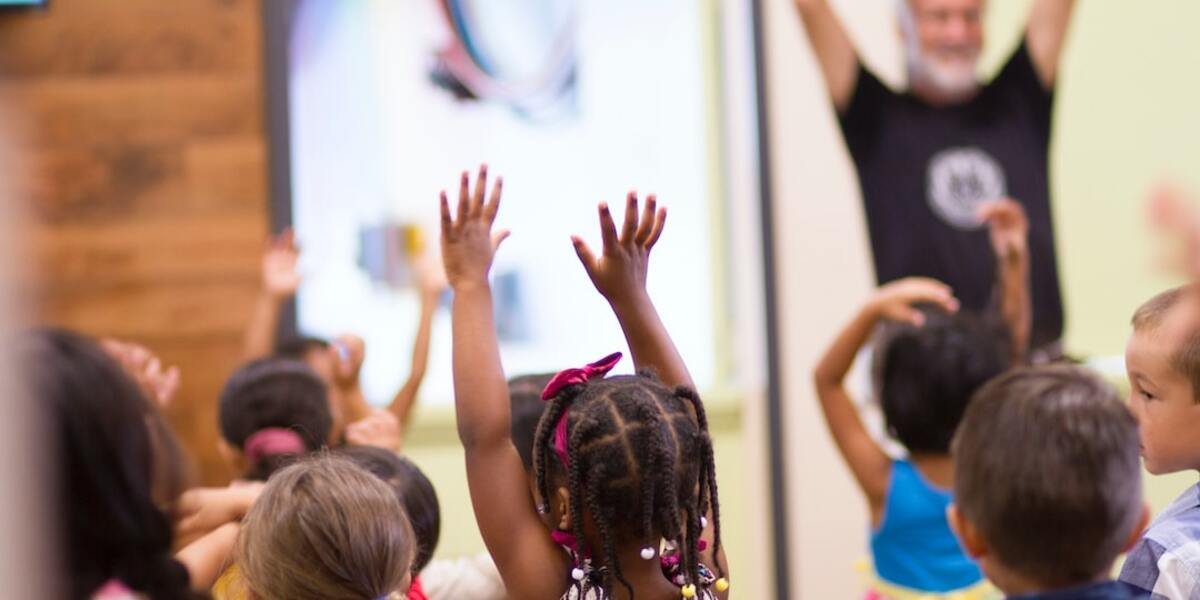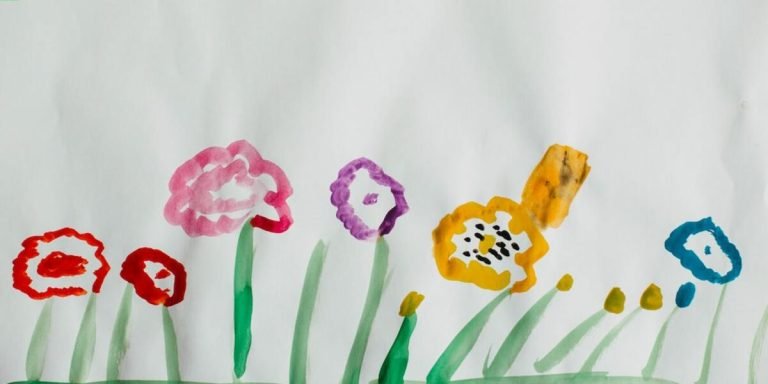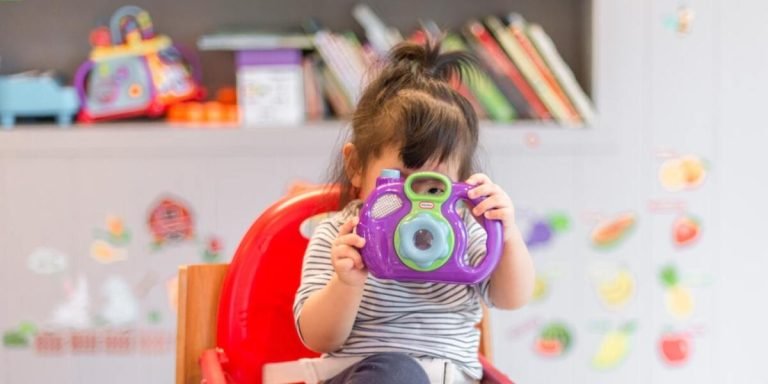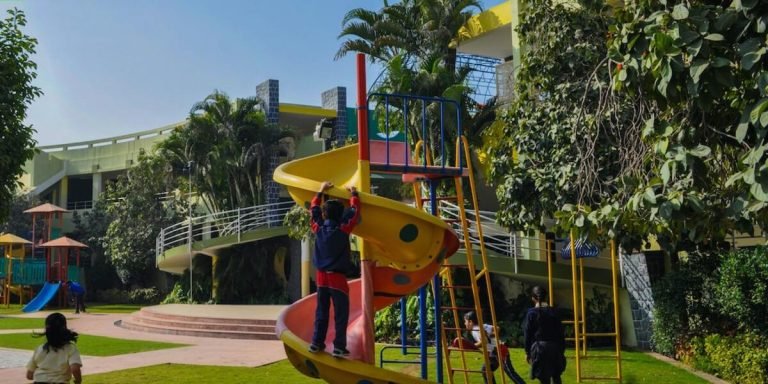Children Playing: A Developmental Insight Into Educational Games
Research overwhelmingly indicates that children playing isn’t simply an act of fun and leisure. It’s a crucial part of their cognitive, social, emotional, and physical development process. Activities filled with amusement are often underpinned by significant learning opportunities; developing creativity, fostering conflict resolution skills or paving the way for understanding math concepts.
Educational games offer an experiential and activity-based learning approach – one where children aren’t merely passive learners but active participants in their developmental journey. A simple board game can help reinforce lessons taught at school or initiate new understandings about our complex world which textbooks may struggle to convey intuitively.
Did you know?
Did you know that playing educational games can boost a child’s brain structure? According to the Association for Psychological Science, interactive and strategic games help develop key areas of the brain involved in cognitive skills such as task switching, working memory, and sustained attention.
The Impact of Experiential Learning on Child Development
Experiential learning, or activity-based learning as it’s sometimes known, has a significant impact on child development. This method of education revolves around the idea of children playing and interacting with their surroundings to assimilate knowledge – an approach that efficiently encourages hands-on experience over passive consumption.
The primary reason for its efficacy lies in how tactile experiences embed complex concepts more deeply into young minds. Children are naturally curious; they connect dots between theory and application faster when they undertake tasks themselves instead of merely listening about them from adults—children’s play becomes their most effective classroom where each exploration turns into another exciting lesson.
In 2023, educators worldwide acknowledge this transformative effect experiential learning brings to traditional teaching models—it bolsters brain growth by promoting critical thinking skills amongst students right from early childhood years. By facilitating real-world scenarios within safe boundaries, we allow our youngsters not only to comprehend world dynamics better but also cultivate resilience and adaptability—attributes important for thriving in today’s ever-evolving society.
How Activity-Based Play Promotes Cognitive Growth
Experiential learning, or activity-based play, is crucial for the cognitive development of youngsters. Here’s how children playing in a structured environment boost their mental growth.
One pivotal element of experiential learning is interaction. When participating in games and activities, children engage with physical objects as well as other kids around them. These interactions fuel curiosity leading to increased engagement which ultimately results in more knowledge absorption.
Real-world problem-solving skills are developed through these practical experiences too. In fact, tackling real-life situations while at play equips them with critical thinking capabilities helping them navigate life challenges later on smoothly.
Activity-based play encourages creativity among young learners also. Innovating game rules or inventing new ways to tackle tasks unlocks divergent thought processes – an essential skill for the workplaces of 2023 and beyond where creative solutions would be highly valued.
Another key benefit associated with this form of learning lies within its multisensory features stimulating child’s brain from various angles simultaneously resulting tremendous intellectual growth.
Interestingly when it comes to memory retention nothing quite beats hands-on experience that experiential learning offers! Concepts learned while actually doing things tend stay longer imprinted onto minds thus promoting better recall abilities amongst students eventually improving academic performances overall.
Socially emotionally too such type method has significant impact developing empathy fostering cooperative behaviors addition strong communication team-building strategies inclusion diverse settings all qualities being sought after dynamic world ushered recent global changes transitions future expectations high adaptability flexibility interpersonal relationships were never important they now today digital age!
Social Skills Enhancement Through Guided Interaction
Guided interaction during playtime offers children real-world experiences that foster the development of integral social competencies. What may seem like simple exchanges between youngsters are actually valuable lessons on communication, cooperation, and conflict resolution.
Communication is key for personal growth and relationship building. When children interact while playing, they learn to express themselves verbally and non-verbally effectively. They develop listening skills while gaining an understanding about taking turns speaking or acting out roles within games.
Speaking of turn-taking brings us to another vital skill – collaboration or teamwork – honed through these guided interactions during ‘children playing’ environments at school or home parks/play zones etc.. By engaging together in group activities, kids learns the importance of shared responsibility besides becoming aware about respecting others’ perspectives.
Another crucial lesson learned from this interactive playground universe is resolving disagreements peacefully—an unavoidable element particularly pertaining to group dynamics amongst younger age groups especially 3-5 years old ones who begin discovering aspects around self identity & autonomy at same time grappling control over emotional impulses.
Designing the Ideal Environment for Children’s Experiential Play
Creating an environment conducive for children’s experiential play takes insightful planning and design. In essence, it involves devising a space where youngsters can explore, experiment, create and learn through the pure act of playing. The primary focus is to encourage children’s innate curiosity about their surroundings in 2023.
This process inspires them to seek knowledge actively instead of passively receiving information.
Experiential learning or activity-based learning requires room for movement within a structured yet flexible setting that evokes creativity and imagination while providing safety at all times. Key elements should include age-appropriate toys and materials such as sandboxes, blocks, art supplies; anything designed to trigger sensory stimulation alongside cognitive development would be beneficial.
Moreover, designing outdoor spaces with natural components like plants or vegetable patches will provide more hands-on experiences related to nature appreciation and environmental consciousness – fostering love towards our planet amongst these tiny tots from a young age itself! Remember it isn’t just about ‘playing’ but creating meaningful interactive moments weaving together fun & skills acquisition simultaneously.
Key Elements in Creating Stimulating Play Spaces
Creating a stimulating play space for children is an essential part of fostering experiential learning. An engaging environment aids in the overall development and growth of a child, as it allows them to explore their creativity while also making learning more interactive and fun.
1. Diverse Play Materials: The first element to consider when designing such spaces involves introducing diverse play materials that cater to different interests and developmental stages. From tactile toys like blocks or clay models for sensorial exploration to puzzles promoting cognitive skills – varying types will keep kids engaged longer.
2. Safe Space: Safety stands paramount in any area where we find children playing frequently. Corners should be padded, smaller objects restricted (choking hazards) & supervision maintained at all times – whether by parents or educators.
3.Participation Areas: Create distinct zones within your space that encourage different activities; quiet time reading nook, art corner with ample supplies, open floor plan section encouraging physical activity etc., which helps rhythmically balance passive & active phases through the day.
4.Nature inclusion: Proven repeatedly how nature positively impacts early developmental phases; incorporate elements resembling natural surroundings wherever possible—sandbox mimicking beach experience, indoor plants bringing greenery inside etc.
5.Flexibility : Children’s tastes evolve incredibly fast plus varied age groups mean differing requirements so flexibility becomes key here—consider multi-purpose furniture pieces/cubbies storing assorted items appealing various ages/stages.
Incorporating Nature and Sensory Experiences in Play Areas
Incorporating natural elements and sensory experiences in children’s play areas has become a cornerstone for enhancing ‘experiential learning’. Nature stimulates curiosity, which is the foundation of all meaningful education. Here are some strategies to create an ideal environment where our little ones can explore, learn and grow.
Foster outdoor connections: A simple activity like letting your kids dig soil or collect leaves can have profound effects on their understanding of nature. Promote this connection with activities that involve “children playing” outdoors more frequently. This helps them experience different weather conditions firsthand thus broadening their knowledge beyond textbooks.
Use plants for hands-on exploration:: Incorporate potted plants into your child’s playspace; watering these will not only help physical coordination but also teach responsibility towards other living beings.
Recycle creatively: Show how old product containers turn into fascinating DIY toys encouraging creativity while demonstrating sustainable habits. Such practical examples make lessons about recycling truly unforgettable!
Activity based learning aids achievement because it allows youngsters to grasp concepts by doing rather than merely reading about them – facilitating deeper comprehension levels that last longer in memory lanes too.
Strategies for Integrating Technology with Children Playing for Enhanced Learning
In this digital age, the integration of technology with children playing has gained significant traction as a tool for enhanced learning. This concept is a prime example of ‘Experiential Learning’ or ‘Activity Based Learning’, where kids learn by doing and interacting directly with their environment instead of being passive recipients.
To start off, it’s important to acknowledge that children are inherently curious beings. They love to explore and interact with everything around them; be it tangible objects or abstract concepts. With advances in technology, we now have intuitive platforms that can transform playtime into an interactive experience rich in educational content.
Digital games designed for young learners help develop basic cognitive skills such as decision-making, problem-solving capabilities along with attaining knowledge about various subjects like maths and sciences.
Furthermore, apps offering Augmented Reality (AR) experiences bring different topics alive right before the eyes of our little ones! These applications offer informative fun-filled adventures allowing kids to discover new information whilst they enjoy their play sessions; thereby promoting experiential learning seamlessly within playful moments. From simple storybook narratives empowered through AR features depicting how plants grow from seeds into trees – these virtual explorations stimulate creativity while expanding minds organically.
However one must note-while integrating any kind of tech-based amusement gear during leisure periods-it’s essential ensuring judicious use is adhered too considering excessive exposure may lead toward harmful side-effects upon growing child’s mental health & physical wellbeing long-term hence balance remains key here!
Balancing Screen Time with Physical Engagement
Balancing screen time with physical engagement may seem like a tough task, especially in the current digital era. However, when done right, it can serve as an excellent approach towards integrating technology and facilitating activity-based learning.
For starters, we need to understand that children naturally learn best through interaction and experimentation. Hence the key is not to alienate them from their natural playing habits while introducing them to new technologies.
One way of doing this could be by incorporating interactive tech toys into their playtime routine. Toys like coding robots or augmented reality puzzles allow for creative hands-on experiences that are also digitally enriched.
Another effective strategy involves blending traditional games with modern apps or gadgets. For instance, a game of treasure hunt can become more intriguing if clues lead kids to locations they must find using GPS on handheld devices.
Remember though – any interactions involving screens should always stimulate mental participation instead of passive consumption; think educational video games over mindless cartoons watching.
These strategies will ensure your kids enjoy best out both worlds – embracing technological advancements without compromising penchant for physically engaging activities such as running around backyard or constructing block castles etc.!
Educational Apps That Complement Active, Hands-on Learning
The integration of technology into children’s playtime can significantly enhance their learning experience. It becomes exceedingly beneficial when these digital tools are designed to complement active, hands-on learning methods, commonly referred to as Experiential Learning or Activity-Based Learning.
1. Interactive eBooks: The traditional textbook has undergone a massive transformation in the internet age with interactive eBooks that bring stories and concepts alive through visual effects, audio narration and interactivity. Children playing with such apps acquire knowledge while being engaged in an intriguing story or concept.
2. Augmented Reality Apps: Imagine your child interacting with animated dinosaurs or exploring outer space; this is possible through augmented reality (AR) education apps like Google Expeditions or AR Flashcards Animal Alphabet which strive to make complex topics more accessible and engaging for young learners.
4.Digital Creativity Tools like Toca Boca Studio helps unleash a child’s creative potential — drawing sketches digitally on tablets aids visualization skills better than paper-pencil tasks could do alone.
5.Educational Game Apps catered towards specific subjects—such as math app Prodigy—are also fantastic resources that transform potentially snooze-inducing lessons into fun brain challenges!
Conclusion
In essence, the delightful act of children playing is more than innocent fun and laughter. It’s a formidable backbone to their development journey – cognitive, emotional and social. So whether it’s your child strategizing over chess or creating an imaginary world with playdough, remember these playful moments are stepping stones leading them towards gaining essential life skills.
So as you navigate through parenthood or teaching, let’s strive to make room for educational games in our youngsters’ lives. Feel free to explore our website further for beneficial insights into childhood education processes and engaging ways of learning that ensure substantial growth while keeping the element of fun alive. We are here every step of the way providing support on this gratifying adventure called ‘educating young minds’.







